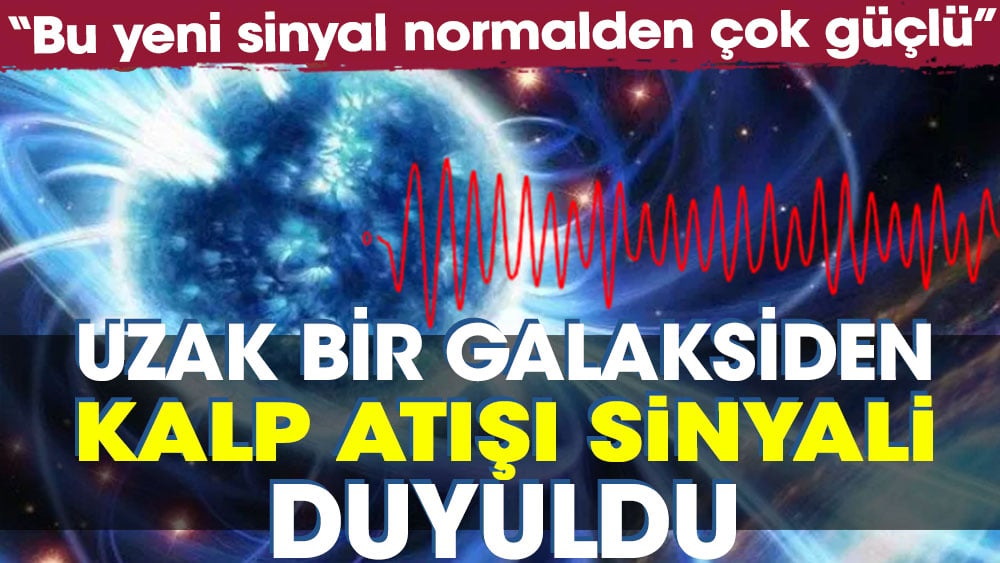Scientists said it received heartbeat signals from space.
According to the information transferred from IndependentTürkçe; The detected burst of radio energy is thought to flash in a pattern that resembles a heartbeat.
Scientists said it was a fast radio burst, or mysterious and powerful bursts of energy from deep space that researchers still don’t understand. But something strange happened in these explosions These bursts, which lasted up to 3 seconds compared to FRBs (fast radio bursts), which normally take milliseconds, were detected very slowly compared to the others.
Signal, a species rarely found in the universe “periodic” keeps flashing in the pattern. Energy bursts repeat every 0.2 seconds.
Daniele Michilli, a postdoctoral researcher at the Massachusetts Institute of Technology (MIT) Kavli Institute for Astrophysics and Space Studies, said:
There aren’t many things in the universe that emit strictly periodic signals.
Examples we know in our own galaxy are radio pulsars and magnetars, which spin like a lighthouse and produce beamed emissions.
And we think this new signal could be a very powerful magnetar or pulsar than usual.
The exact source of the signals, whose source lies in a galaxy several billion light-years from Earth, remains a mystery. Astronomers think the signal could be emitted from a radio pulsar or a magnetar.
Both of these are extremely dense, rapidly spinning neutron stars, the collapsed cores of giant stars.
The team hopes to detect more periodic signals from this source that can later be used as an astrophysical clock.
For example, the frequency of explosions and how they change as the source moves away from Earth can be used to measure the expansion rate of the universe.
In December 2019, the Canadian Hydrogen Density Mapping Experiment (Chime) caught a possible FRB signal that immediately caught Michilli’s attention when scanning the incoming data.
Michilli explained the situation as follows:
It was something unusual.
Lasting about 3 seconds, the signals were not only very long, but there were extraordinarily regular periodic peaks that spread out like a heartbeat evenly spaced within a second (tack, tap, tap).
This is the first instance where the signal itself is periodic.
The discovery, reported in the journal Nature, was written by members of the Chime/FRB Collaboration, including MIT researchers. “Sub-second periodicity in a fast radio burst” It was published in an article entitled (Sub-second periodicity in a fast radio burst).
–


